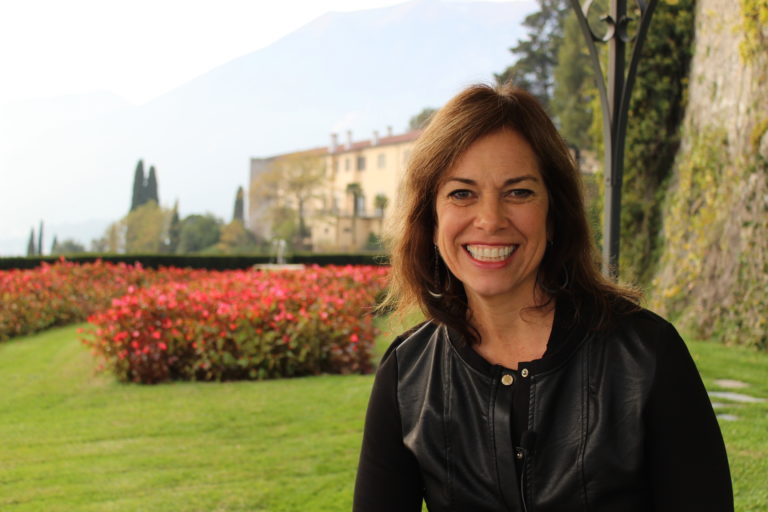The School of Media and Public Affairs is proud to announce the inaugural National Geographic Visiting Professor of Science Communication will be award-winning environmental and science journalist Lisa Palmer. Palmer has written for a wide range of publications. Her book, HOT, HUNGRY PLANET: The Fight to Stop a Global Food Crisis in the Face of Climate Change, chronicles her travels around the world and the urgent innovations needed to feed a growing population.
Ms. Palmer will hold office hours in SMPA to work with and mentor students. She will also work with Planet Forward, participate in SMPA events, and serve as a liaison with National Geographic for student opportunities and institutional engagement.
Thanks to the long-standing relationship between Planet Forward and the National Geographic Society, a fund was established to bring in a visiting professor of science communication to teach one course per semester starting spring 2020. One class will be intended for journalism majors and the other for science communications majors. Both will help students understand and build compelling narratives around the science that explains our world and feeds discovery that lifts human knowledge to new levels.
We are thrilled to partner with the School of Media and Public Affairs to bring in its first visiting professor of science communication. It's more important than ever that we equip students with the skills needed to tell stories about the issues facing our planet today and in the future.
Kaitlin Yarnall
SVP and chief storytelling officer at the National Geographic Society
Ms. Palmer comes to SMPA with an extensive background in science communications. She has spent the last 4 years working for the National Socio-Environmental Synthesis Center (SESYNC) serving as a Senior Fellow for Socio-Environmental Understanding where she writes and speaks on socio-environmental issues. She is a journalist, author, and producer at Palmer Media and writes for major publications that cover topics like team science, climate change, and social sciences. Her writing has been featured in The Guardian, Scientific American, the New Republic, Nature journals, Yale e360, Slate, The New York Times, as well as many others. She also co-produced two Research in Action videos titled Water and Governance and Planet Pests that talk about the SESYNC process.
It is important for journalists and communicators alike to be able to take the discovery and the data of science and find the compelling narratives that can engage a wider audience. I am excited for Lisa Palmer to join our team! I am deeply grateful to the National Geographic Society for their partnership and their enthusiasm in making this a reality.
Frank Sesno
Director, SMPA
About the National Geographic Society
The National Geographic Society is a global nonprofit organization that uses the power of science, exploration, education and storytelling to illuminate and protect the wonder of our world. Since 1888, National Geographic has pushed the boundaries of exploration, investing in bold people and transformative ideas, providing more than 14,000 grants for work across all seven continents, reaching 3 million students each year through education offerings, and engaging audiences around the globe through signature experiences, stories and content. To learn more, visit www.nationalgeographic.org or follow us on Instagram, Twitter and Facebook.


